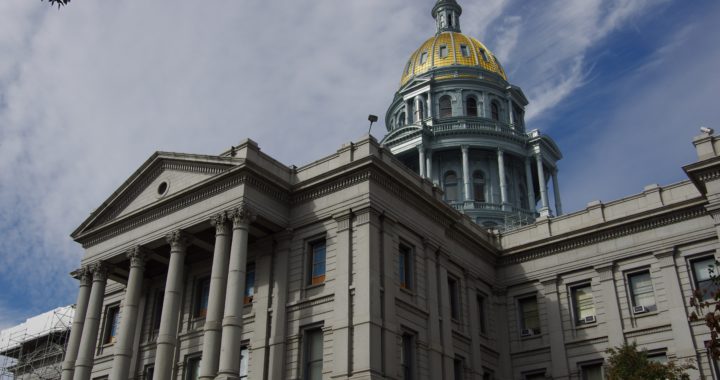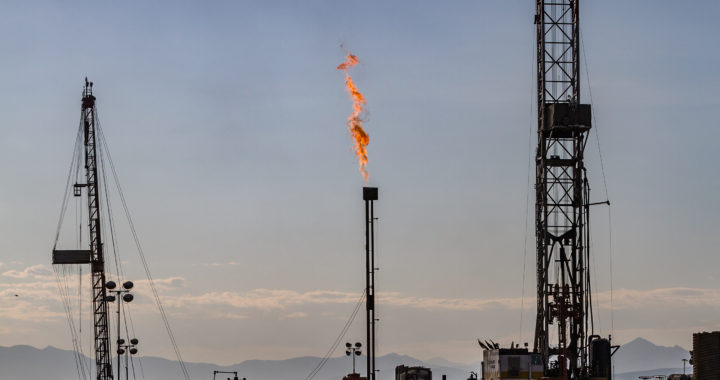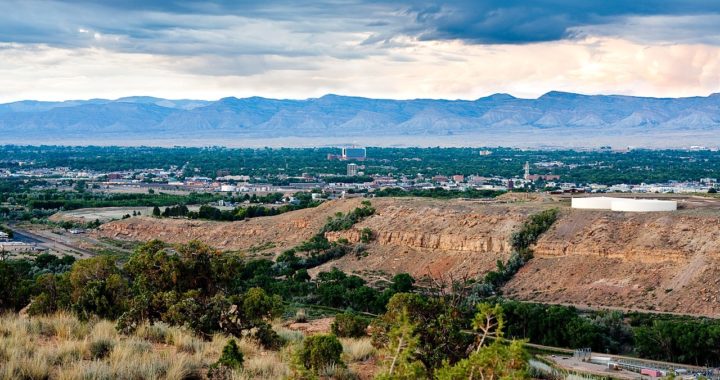Anti-fracking protest group Colorado Rising has filed suit against the Colorado Oil and Gas Conservation Commission (COGCC) in the hopes of putting a complete stop to any more drilling permits until regulations are rewritten to take into account new legislation, SB-181.
Continue readingTag Archives: Colorado oil and gas
COGA Rises to the Top
It’s a time of great flux in Colorado.
First-year governor Jared Polis has taken it upon himself to turn the state’s in-house energy proponent, the Colorado Oil and Gas Conservation Commission (COGCC), into a body focused on regulation, not support of the state’s oil and gas industry. In the vacuum created by the COGCC’s forced transformation, however, another group has stepped forward to assume the role of energy-industry champion.
Perhaps Governor Jared Polis thought he was ridding himself of opposition when he gutted the COGCC, but he didn’t count on the folks at the Colorado Oil and Gas Organization (COGA) picking up the fight.
A Friend Among Tradespeople
Since they were founded in 1984, the people of COGA have pursued the environmentally-responsible development of Colorado’s oil and gas reserves with quiet determination. While the COGCC gave quotes to the press, COGA stuck to trade professionals, accruing a membership of hundreds of companies filled with like-minded employees.
The guiding philosophy behind COGA was (and still is) the quiet support of the thousands of men and women supported by the state’s oil and gas industry. That work was made more complicated in the wake of the drastic changes overtaking the COGCC.
Marching Forward in a New Colorado
At COGA’s recent Energy Summit, Haley invited Governor Polis to speak at a forum entitled, “Can You Still Drill for Oil in a Blue State?” It’s a pressing question in a state where oil and gas employees are in fear for their economic well-being. Though he accepted the invitation and showed up to the event, Polis still dismissed the entire topic of the conversation as “silly.”
Over the next hour, Haley tried calmly to explain COGA’s concern for the state’s energy future, even as the governor repeatedly scoffed at those fears.
Taking the Reigns
Throughout 2019, CEO and president of the Colorado Oil and Gas Association, Dan Haley, has become a fixture in the headlines. In just a few short months, he’s gone from the head of a benevolent trade organization to the de facto voice of Colorado’s oil and gas industry and, by extension, thousands of people who work in oil and gas each day.
When Adams County enacted new regulations in the last week, it was COGA and Dan Haley who stepped forward to call out the harsh rules for what they were: a ban on oil and gas development.
It was just the latest of a growing number of moments when a COGA rep has stepped up to speak out for the people on the ground in Colorado.
BLM Move Draws Mixed Response
In the coming weeks and months, the Bureau of Land Management (BLM) will officially move its headquarters from the nation’s Capitol, Washington, DC, to Grand Junction, Colorado. The ambitious move has drawn praise and criticism in equal measure.
‘A Victory for Communities in the West’
Longtime fan of the move Colorado Senator Cory Gardner was effusive in his praise of the decision. “The problem with Washington is too many policymakers are far removed from the people they are there to serve,” he said in a statement. “Ninety-nine percent of the land the BLM manages is west of the Mississippi River, and so should be the BLM headquarters.”
As with every other move executed by the Trump administration, the BLM’s announcement has drawn criticism, as well. Democratic officials claim the decision was a thinly-veiled ploy to move the majority of policymakers in the BLM away from the Capitol (where they are) and closer to oil and gas company operations.
Of course, there’s no secret about it. The BLM is undoubtedly moving to get closer to the oil and gas fields that it needs to govern. That’s not political bias; it’s just logical. Fortunately, the dual magic of email and video conferencing should effectively remove any concern over politicians being able to reach BLM employees.
More Than a Hundred Longterm Jobs in the West
When it comes time to move, 27 BLM employees will make the transition to the new headquarters in Grand Junction. Another fifty-eight employees will transition into an existing BLM office in nearby Lakewood, Colorado. The rest will be spread throughout the Western states to have a closer eye on the lands they manage.
“We are thrilled to death,” said Robin Brown, director of the Grand Junction Economic Partnership. “It’s a huge boost to our economy; they’re great jobs. And, again, the name recognition that will come from being BLM’s Western headquarters is huge for us.”
Not Moving, Just Cleaning Up
Though the formal announcement of a shift in headquarters sounds monumental, it’s just the official announcement of a transition begun long ago. Of the nearly 10,000 BLM employees spread across the country, only about 400 were stationed in Washington, DC as of the announcement. After the move, the BLM will only have about 60 employees left in the nation’s Capitol.
As Sen. Gardner explained, more than ninety-nine percent of the BLM’s purview is west of the Mississippi River. At that percentage, 60 employees in one city on the east coast still sounds like a lot.
Colorado Energy Industry Incurred 31 Percent Fewer Fines in 2018
Last week, several statewide outlets made a good bit of political hay over the number of fines incurred by the Colorado energy. But what amount of the outrage stoked by these numbers is legitimate, and how much was carefully cultivated so the state’s energy industry can fit the ongoing narrative that oil is bad?
Continue readingColorado Nets $1 Billion in Tax Revenue Courtesy of State’s Oil and Gas Industry
After a spate of new proclamations, newly-elected Colorado Governor Jared Polis is a bright shining star on the left. Now that the plans are public, however, the governor’s personal crusade to squash the state’s thriving oil and gas industry threatens to undo all the governor’s other ambitious (and costly) work.
Continue reading




